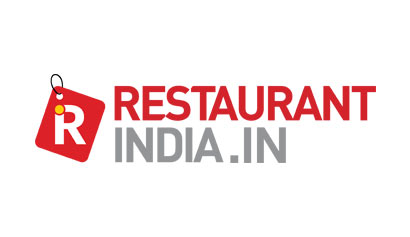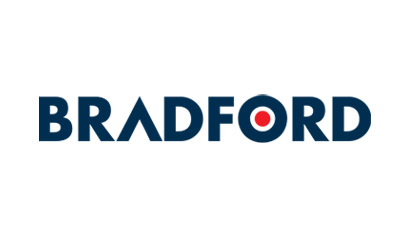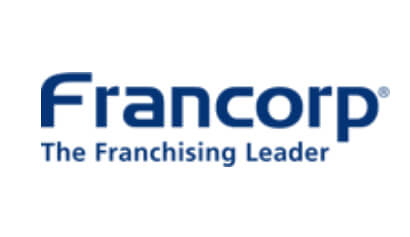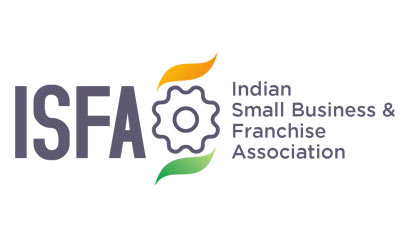To get access to over 10000+ Franchise Business Opportunities.
Network with the growing Business Community to get expert interventions to let you learn to Grow & Expand your Business with Franchising.
Interestingly, many international brands opted to choose the franchise route for their entry into India. There were changes in the market environment and government policies that made the business environment favourable for growth through franchising.
Interestingly, many international brands opted to choose the franchise route for their entry into India. There were changes in the market environment and government policies that made the business environment favourable for growth through franchising.
Firstly, as a signatory of the WTO, India has reduced import duties consistently. Now, products could be sourced from other countries at more competitive prices and provided international brands the option of creating an internationally consistent product offering, with greater control on the supply chain.
Secondly, with more international brands vying for a share of consumer’s wallet, there is a need for brands to create a distinctive brand identity. Exclusive branded outlets increasingly became a marketing tool through which the brands could not only showcase a complete product range but also create the full brand experience.
Simultaneously, the real estate market grew significantly, bringing in many investors who did not have the capability or the desire to develop their own brand. The availability of potential master franchises ready to invest capital and real estate created an environment conducive for growth of franchising.
As per Third Eyesight’s report (‘Global Fashion Brands: Tryst with India’), by the end of 2008, just under half of the brands were present through a franchise or distribution relationship.
International brands in franchising or distribution
Launch International brand
2001 Mango
2002 Corneliani, Gianni Versace , Nine West, Versace Collections, Versace Jeans Couture,
2003 Hugo Boss
2004 Aigner, Bvlgari, Canali
2005 Aldo, Just Cavalli, Moschino, Promod,
2006 Kappa, Okaidi, Valetino
2007 Brioni, Debenhams, French Connection, La Perla, Sisley
2008 Bottega Veneta, Kenzo, Paul Smith
2009 Jimmy Choo, The Collective, Tie Rack,
2010 Expected Topman, Topshop
Source: Third Eyesight research
Unlike more developed markets where brands have sizable networks of large-format store as a launch and growth platform, in India there are still limited choices to simply ‘plug-and-play’ using department stores or any other large-format retail network. Also, having a local partner as a franchisee provides a closer understanding of the market and the ability to adapt to changing consumer needs.
For a successful relationship it is vital that a franchisee should have an entrepreneurial mind-set. The essence of the brand needs to be well understood, and the franchisee must have operational involvement rather than a ‘passive investment’ approach.
The question is whether franchising would continue to remain the preferred entry mode as a new decade starts. Liberalisation of foreign investment norms has already led to many brands transitioning into a joint venture or subsidiaries.
However, while for many international brands it would be ideal to have ownership and control over the operations in a strategic market like India, direct investment does also increase their risk and the investment is not financial alone.
Therefore, for many brands, franchising would still remain the more practical choice whether by using a national master franchisee or using site-specific franchise relationships in combination with a direct wholesale presence in India.


Business Opportunities
Browse By Investment Range
Browse By States
Popular Cities















